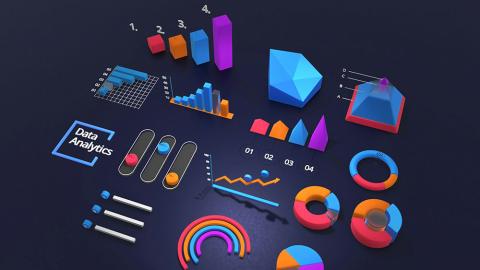Statistics

When administrative and managerial data are placed on an XmR chart, the first reaction will frequently be that the limits are far too wide: “We have to react before we get to that limit.”
So what are we to do when this happens? Are the limits really too wide? There are three cases…

Everybody wants to have good measurements. To this end, many recommend a regular schedule of recalibration. While this sounds reasonable, it can actually degrade the quality of the measurements.
The key to getting the most out of a measurement process is to know when to…

C hallenges abound for today’s manufacturers. Labor shortages and rising labor costs require innovative solutions to maintain productivity with fewer staff. Inflation continues to exert pressure on raw material costs, squeezing margins. Manufacturers are also racing against tight production…

The engineer came into the statistician’s office and asked, “How can I compare a couple of averages? I have 50 values from each machine and want to compare the machines.”
The statistician answered, “That’s easy. We can use a two-sample t-test.”
“How would that work?” asked…

Many countries face the reality of demographic aging: Fertility is plummeting and people are living longer. This raises critical challenges for the labor market, healthcare, and long-term care markets, as well as retirement systems and financial planning. A Wharton symposium on the implications…

In statistics class we learn that we can reduce the uncertainty in our estimates by using more and more data. This effect has been called the “law of large numbers” and is one of the primary ideas behind the various big data techniques that are becoming popular today. Here we’ll look at how the…
